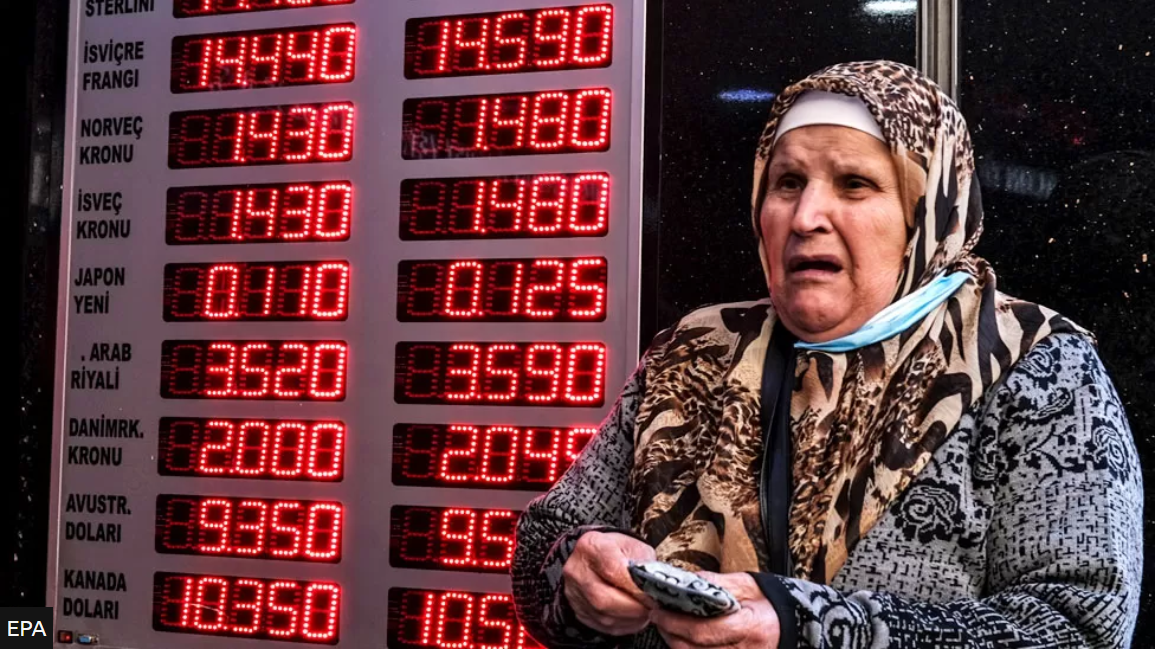Almost half of a year has passed since the central bank of Turkey changed its monetary policy in favor of interest rate hikes, the most traditional economic approach. Sufficient time has elapsed to draw conclusions and assess whether the lira has any prospects for halting its decline. So, let’s delve into it.
“The Central Bank of the Republic of Turkey first increased the key rate in June, moving it from 8.5% to 15%. Subsequently, there were several more interest rate hikes, totaling 35%. A substantial increase, isn’t it? However, examining the USD/TRY chart reveals that it couldn’t stop the lira’s decline under any circumstances. Plus, the proximity of Turkey to the Israeli-Palestinian conflict has had an adverse effect on the lira’s exchange recently”, reports a Trading View article at Kitco website.
Additionally, taking a closer look at the USD/TRY movement over the past five years carries us back to times when the lira’s rate was about 5 or 6 – a reality not too long ago.
While interest rate hikes typically support national currency, in this case they didn’t assert much influence for a score of reasons. First, changes in the interest rate haven’t affected inflation, which holds around 60%. Clearly, monetary authorities need additional time to stabilize the exchange rate.
Other significant factors that the Central Bank needs to mind while executing the exchange rate policy is the need for de-dollarization and dearth of foreign investments, both of which are problems created by the unconventional monetary policy. Locals were reluctant to keep money in liras due to currency depreciation, opting for US dollars. Furthermore, foreigners were hesitant to invest in the Turkish economy and businesses, resulting in damaged trust that is challenging to restore.
Finally, as of October, imports were growing faster than exports; with exporters claiming a strong TL destroyed their competitive advantage. Truth be told, the reason for export stagnation is probably low demand from Europe, Turkey’s number one trade partner.
Yet, experts increasingly claim that the Turkish authorities are taking steps towards economic stability. Moderate rate hikes are strengthened by policies aimed at restraining loan growth, while deposit rates have reached 46% as of 10 November, somewhat reducing the attractiveness of FX deposits vs TL. The budget deficit is undershooting targets and expectations.
All this being said, the outlook for the lira remains uncertain. There are no signs indicating a change in the USD/TRY trend, though the decline is unlikely to be as rapid as in the summer of 2023. According to Central Bank’s N0ovember monthly survey, participants forecast USD/TRY at 30 and 12-mth ahead at 39.62.
Follow our English language YouTube videos @ REAL TURKEY: https://www.youtube.com/channel/UCKpFJB4GFiNkhmpVZQ_d9Rg
And content at Twitter: @AtillaEng
Facebook: Real Turkey Channel: https://www.facebook.com/realturkeychannel/
